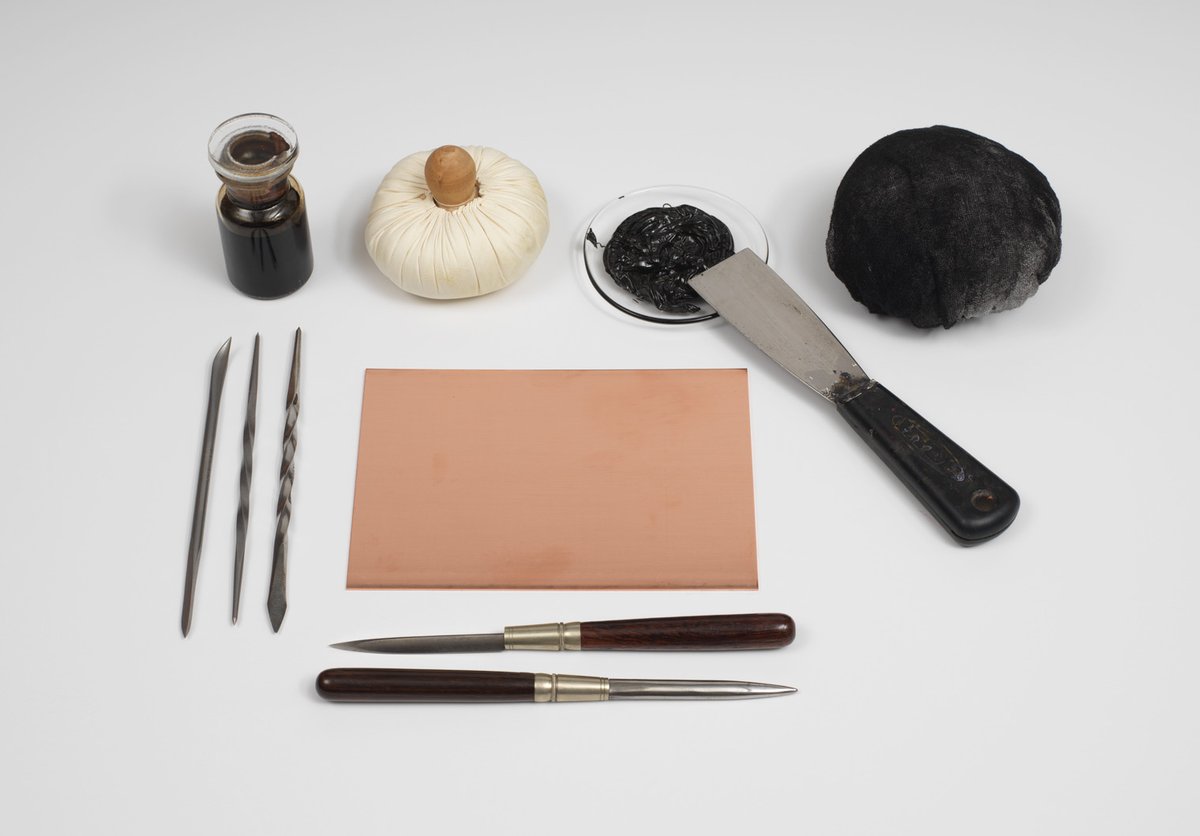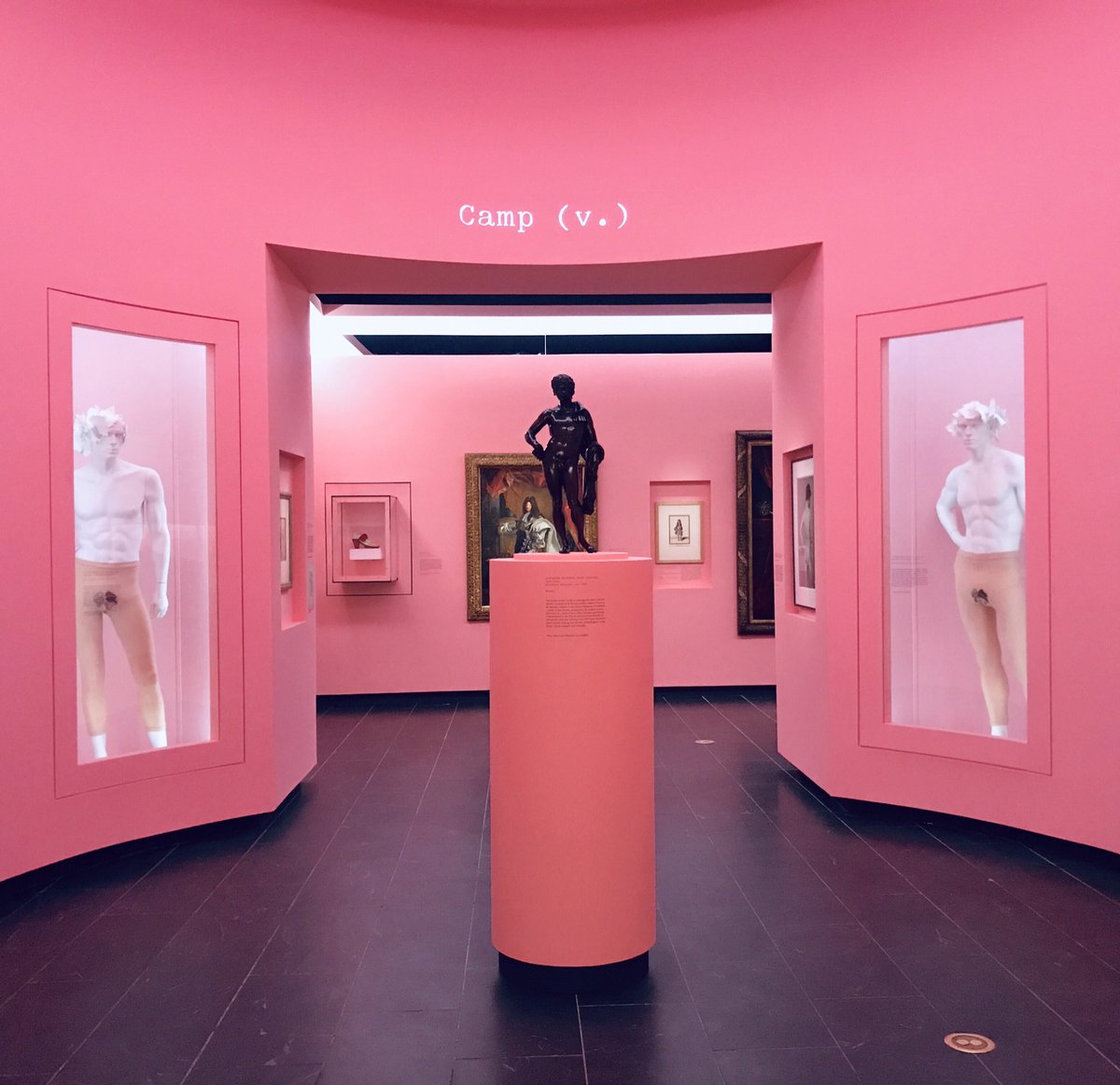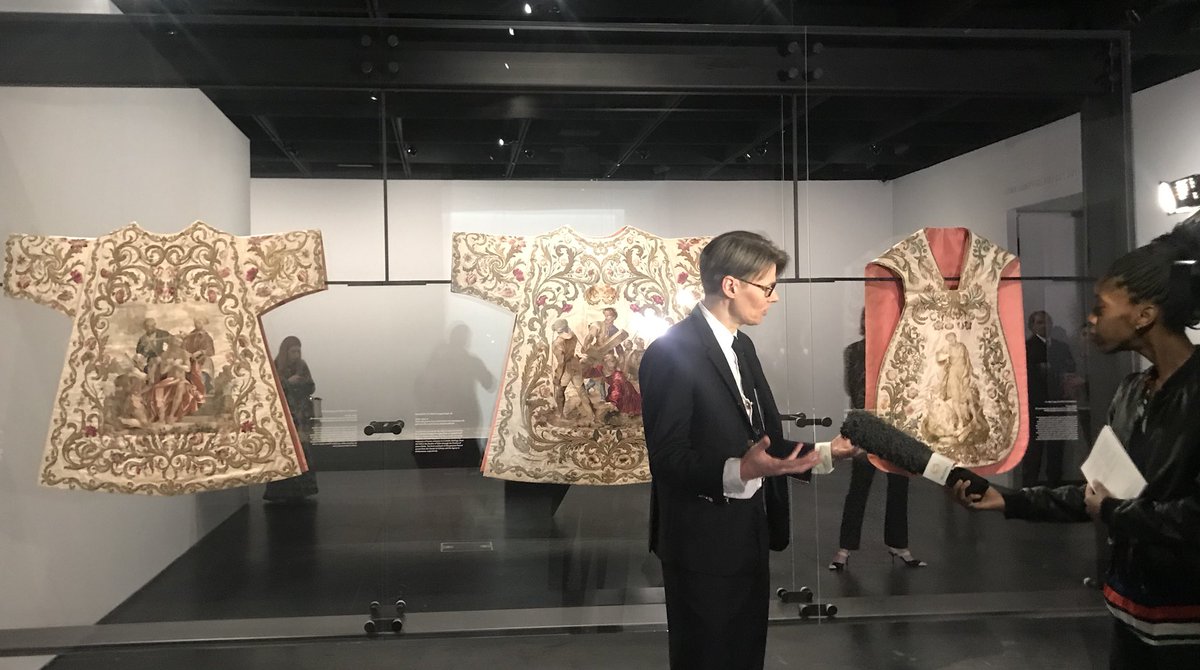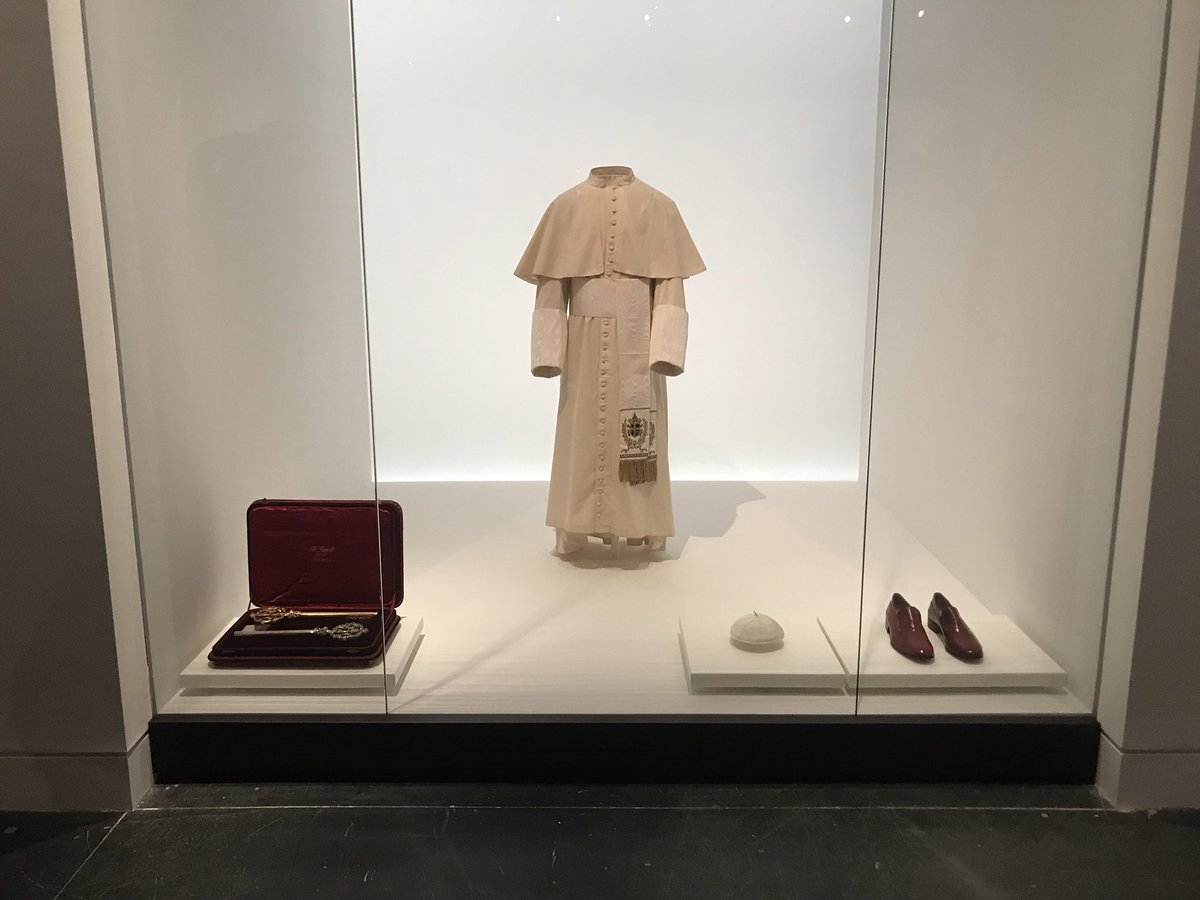
A statement from Met leadership on the Capitol desecration:
"The attack on the United States Capitol was an act of domestic terrorism that violated our nation’s highest values." 1/12
"The attack on the United States Capitol was an act of domestic terrorism that violated our nation’s highest values." 1/12
"The actions of these treasonous rioters underscore the threat to democracy in a society where misinformation, racism, and other hateful ideologies are allowed to run rampant." 2/12
"Bringing to justice those responsible for these criminal actions is an essential first step towards healing and reconciliation for a deeply divided nation." 3/12
"Last week’s events at the Capitol were not only an attack on the lawmakers who were there to certify the election but also on the very symbols of our government and this country’s ideals. The Met has a responsibility to speak out on both of these areas." 4/12
"The Capitol building and its treasured art collection were subject to acts of shameful vandalism and desecration, including the spraying of a blood-like substance on statues and the general destruction of art and objects throughout the building." 5/12
"Most disturbing, racist and antisemitic imagery was paraded throughout the complex, including a noose and numerous Confederate flags along with insignia of various other hate groups." 6/12
"These symbols of hate, amid the halls of one of the nation’s most cherished and democratic landmarks, were a violent affront to our ideals of freedom and equality." 7/12
"Of course, the Capitol itself is a complicated symbol of our democracy, paralleling this country's journey towards 'a more perfect union.'" 8/12
"It has been home to some of the nation's most visionary actions—during pivotal moments when our nation has reimagined what 'liberty and justice for all' really means—and also some of the nation's most shameful moments." 9/12
"It is the engine of our democracy, imperfect as it may be, propelling us toward a better future." 10/12
"Fortunately, early reports indicate that the damage to the building and the objects within can be repaired by the dedicated professional staff at the Capitol who are charged with its care. We have reached out to offer whatever assistance would be helpful." 11/12
"However, the damage to our democratic ideals and our faith in our institutions cannot be so easily repaired.
The Capitol is the legislative home for our democracy and a living museum. The nation must protect both." 12/12
Daniel H. Weiss, President and CEO
Max Hollein, Director
The Capitol is the legislative home for our democracy and a living museum. The nation must protect both." 12/12
Daniel H. Weiss, President and CEO
Max Hollein, Director
• • •
Missing some Tweet in this thread? You can try to
force a refresh









